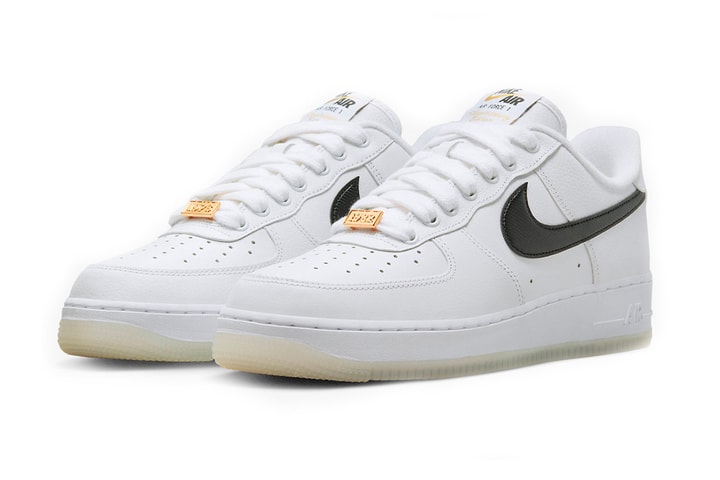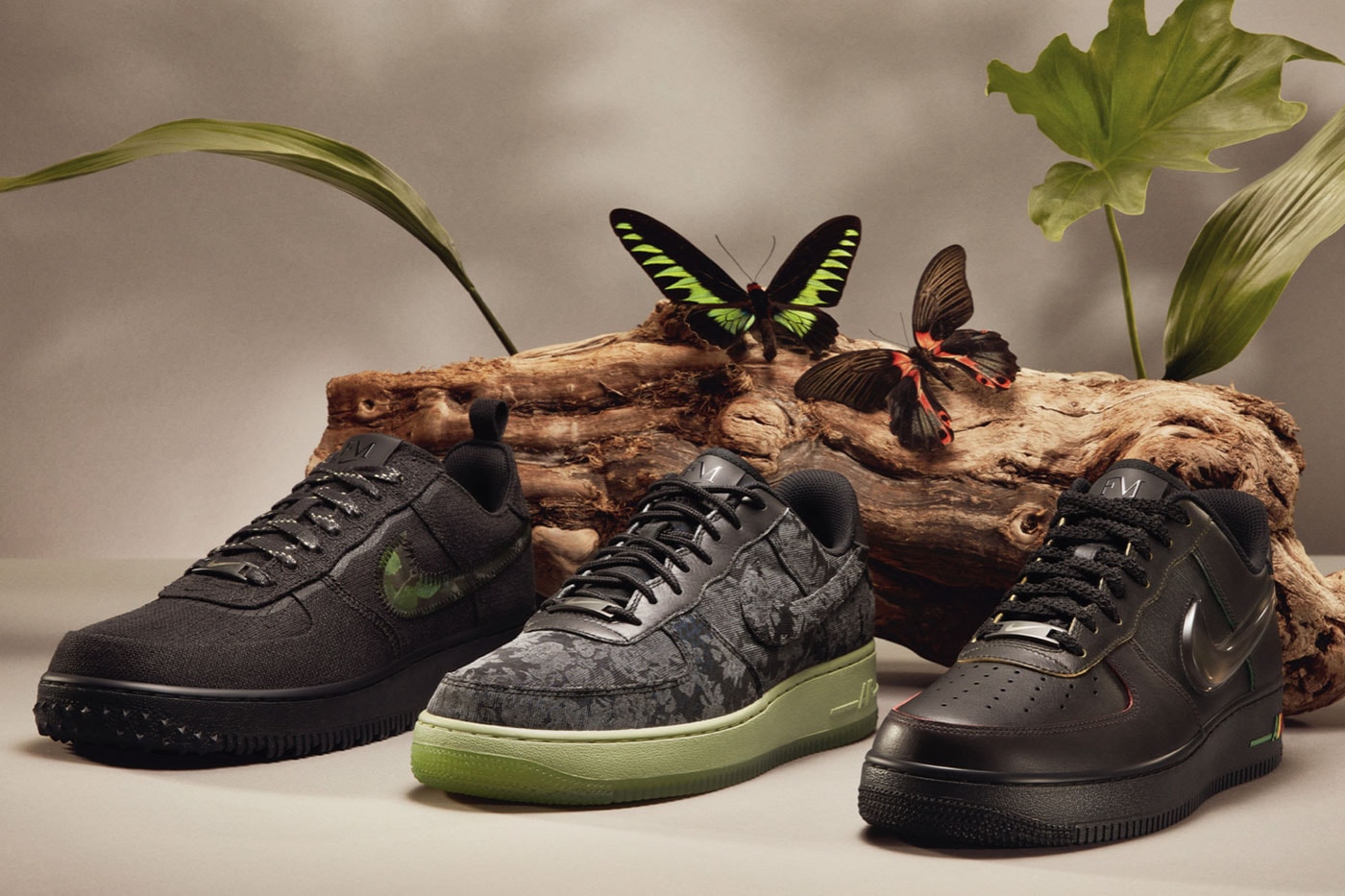 |
| The Legacy of the Nike Air Force One |
The origin of the Nike Air Force One can be traced back to one man, Bruce Kilgore. Bruce was a product designer who designed household appliances and cars for much of his career. When Nike approached Bruce, he had never worked in sneaker performance design. Bruce is credited with designing iconic shoes like the Jordan 2 and the Nike Sock Racer, but his most famous and arguably his most important design was the Nike Air Force One.
 |
| Nike Air Force 1 Low "Bronx Origins" |
One of Bruce's most memorable designs was a Nike track spike. Working closely with Bill Bowerman and Nike's very first employee, Jeff Johnson, Bruce and the team at Nike perfected the design of the Nike Zoom track spike. The track shoe was a major success, and it helped track and field athlete Carl Lewis win four gold medals at the 1984 Olympics.
Back in 1978, Nike released the Nike Tailwind running shoe. It was the first shoe to ever contain the now-famous air technology that we are all familiar with. After the success of the Tailwind, Nike decided to focus their efforts on basketball shoes. With the growing popularity of basketball, Nike assigned Bruce the task of designing the first-ever basketball shoe to contain air technology.
 |
| Nike Air Force 1 vs Tailwind |
But the Nike Air tech wasn't the only groundbreaking technology in the shoe. Bruce's design was to contain several innovative features. The Nike Air Force One was also one of the first basketball shoes to contain a cup sole, making the shoe's durability unmatched. In addition to the cup sole, Bruce developed a threaded outsole which allowed basketball players greater ease of movement on the court. These were profound advancements in sneaker technology at the time.
We can also credit the Nike Air Force One for bringing the renowned sneaker designer Tinker Hatfield into the sneaker game. Legend has it that Bruce Kilgore brought the prototypes of the shoe to Nike's innovation lab to have them stress tested. One of the lucky designers was none other than Tinker Hatfield. Hatfield was gifted a pair to try on the court and was dazzled by the way the shoe performed. In fact, he was so moved by Bruce's design that he decided he wanted to pursue sneaker design instead of architecture.
 |
| Louis Vuitton x Nike Air Force 1 |
Upon its 1982 release, the Nike Air Force One was only available as a high-top. The original colorway featured a neutral white and grey color palette. I believe the Nike Air Force One was also the first basketball shoe to feature an ankle strap. I may be wrong though, if I am indeed wrong, please correct me in the comments below.
One thing to note is that the shoe was inspired by a boot design, specifically the Nike Air Approach hiking boot. Nike had yet to imagine the design of the low-cut Air Force Ones that we all love. Nike's marketing campaign for the shoe included a run of ads which featured six of the NBA's contemporary basketball players: Moses Malone, Michael Cooper, Jamal Wilkes, Bobby Jones, Michael Thompson, and Calvin Nat. They were called the Original Six.
